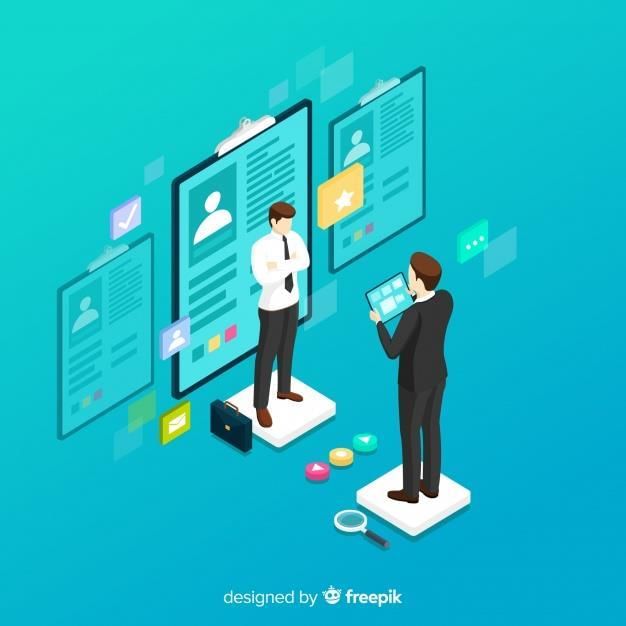MCQs - Money | Crash Course of Macro Economics -Class 12 - Commerce PDF Download
Q.1 Which of this following correct
(a) Supply of money refer to stock of money held by public at a point of time
(b) Supply of money is a flow variable
(c) Supply of money includes cash reserves of bank
(d) Supply of money refers to bank money
Ans: A
Q.2 Money whose value as a commodity is equal to its face value is called
(a) Credit money
(b) Full bodied money
(c) High powered money
(d) Legal tender money
Ans: B
Q.3 Which of the following falls under the category of near money ?
(a) Time deposits at banks
(b) Demand deposits at banks
(c) Coins
(d) Currency circulation
Ans: A
Q.4 When the government prints and circulates more currency in the economic system, it may
(a) Bring down the general price level.
(b) Push up the general price level.
(c) Increase the supply of goods in the economy.
(d) None of the above.
Ans: B
Q.5 Which of the following is not a unique feature of money?
(a) Acceptability
(b) Liquidity
(c) Transactional
(d)none
Ans: D
Q.6 Money supply bears ______ relation with the rate of inflation in the economy.
(a) Positive
(b) Inverse
(c) Proportional
(d) No relation
Ans: A
Q.7 Which of the following is not a function of money?
(a) Medium of exchange
(b) Price stability
(c) Store of value
(d) Unit of account
Ans: B
Q.8 Identify the function of money which has led to capital formation and economic development of the economy.
(a) Medium of exchange
(b) Measure of value
(c)Store of value
(d) Standard of deferred payments.
Ans: D
Q.9 Transfer of value has become easier with :
(a) Evolution of money
(b) Storage of money
(c) Measure of value
(d) All of these
Ans: A
Q.10 The concept of global economy has come into existence due to :
(a) Store of value
(b) Transfer of value
(c) Measure of value
(d) None
Ans: B
Q.11 E-money functions as a medium of exchange by way of :
(a) Transfer of value from one account to the other
(b) Cash payments
(c) Payments through cheques
(d) All of these
Ans: A
Q.12 Money is a :
(a) Static factor
(b) Dynamic factor
(c) Contingent factor
(d) All of these
Ans: B
Q.13 An example of a near money is
(a) small coins
(b) high denomination currency notes
(c) Government of India bonds
(d) small denomination currency notes
Ans: C
Q.14 Which of the following statements represents medium of exchange function of money?
(a) A loan of Rs. 10,000 contracted today is payable back after a year with 10% interest.
(b) An equity share of a company is worth Rs. 1,000 presently.
(c) One has to pay Rs.1,000 to purchase a shirt.
(d) None of the above
Ans: C
Q.15 The difference between narrow money and broad money is (Choose the correct alternative)
(a) Coins and currency (b) only currency
(c) saving deposits of banks
(d) time deposits with banks
Ans: D
Q.16 Money is most liquid of all assets because (Choose the correct alternative)
(a) it includes shares and equities
(b) money itself is a medium of exchange
(c) it does not have general acceptability
(d) it has many functions
Ans: B
|
34 docs|4 tests
|
FAQs on MCQs - Money - Crash Course of Macro Economics -Class 12 - Commerce
| 1. What is money commerce? |  |
| 2. How does money commerce contribute to the economy? |  |
| 3. What are the different forms of money used in commerce? |  |
| 4. How does money commerce impact individuals? |  |
| 5. What are the challenges faced in money commerce? |  |




















